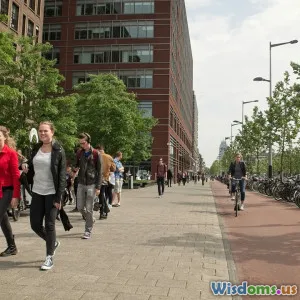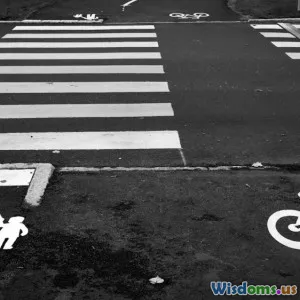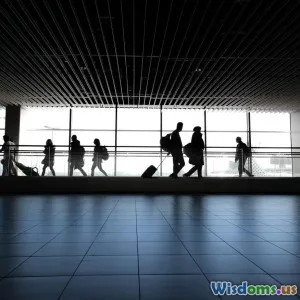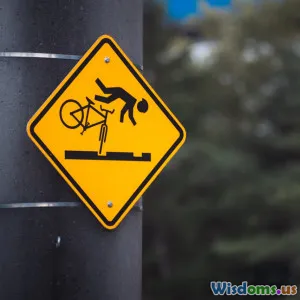
How Protected Bike Lanes in Cities Slash Accident Rates Dramatically
16 min read Explores how protected bike lanes in urban areas significantly reduce accident rates and improve cycling safety. (0 Reviews)
How Protected Bike Lanes in Cities Slash Accident Rates Dramatically
Cycling through urban environments has long felt like navigating an obstacle course, especially with heavy traffic, distracted drivers, and minimal infrastructure for cyclists. However, a growing body of evidence reveals a transformative solution that cities worldwide are rapidly embracing: protected bike lanes. Far from being an aesthetic addition to roads, these lanes are redefining urban mobility and—crucially—saving lives.
City planners, advocates, and commuters increasingly recognize that when cyclists have their own safe space, the chances of crashes and injuries plummet. Let's explore the data-driven revolution of protected bike lanes, how cities are implementing them, the ripple-effect benefits, and the road ahead for safer, vibrant urban cycling.
The Stark Difference: Protected vs. Traditional Bike Lanes
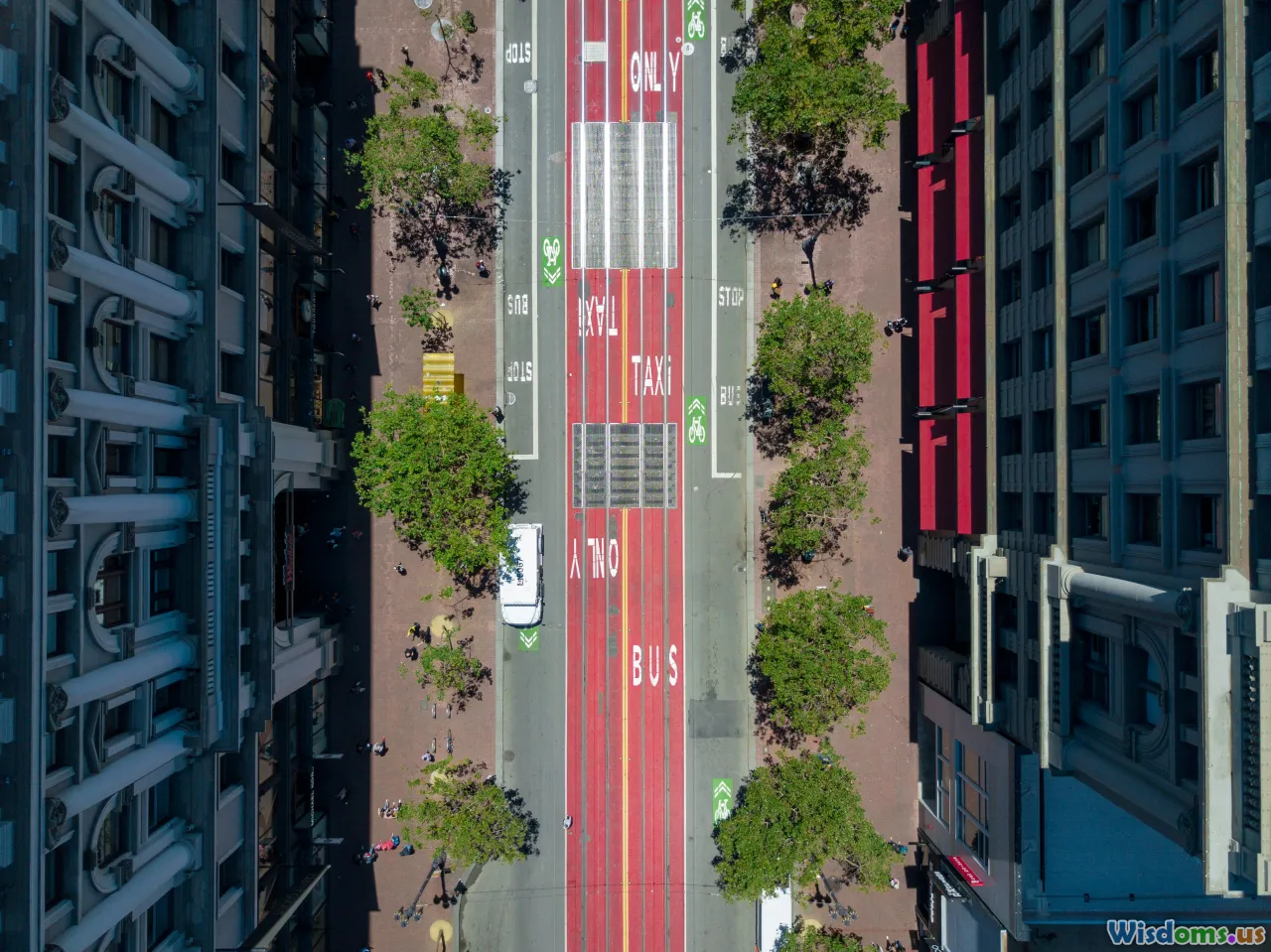
Traditional bike lanes—often marked by a strip of paint hugging traffic flow—offer only notional protection. A mere boundary of paint can't prevent intrusions from vehicles, abrupt door openings, or accidents. In contrast, protected bike lanes—distinguished by physical barriers such as curbs, planters, fences, or parked cars—dramatically mitigate these risks.
Why Does Protection Matter?
Research consistently demonstrates that protected lanes are a quantum leap for safety. According to a landmark 2019 study published in the journal Injury Prevention analyzing 13 U.S. cities, streets with protected bike lanes saw up to 90% fewer injuries per mile compared to those with unprotected lanes. New York City, after a decade of expanding its protected bike infrastructure, observed a 40% decline in serious bike injuries on roads where barriers had been added.
An International Perspective
Copenhagen and Amsterdam, cycling utopias, established this precedent decades ago. Protective infrastructure first takes the form of a median, distinctive curbing, or even green buffers, but the effect is consistent: these cities report some of the lowest cycling casualty rates in the world despite high ridership. Copenhagen’s network upgrades led to a reduction in severe cyclist-mediant accidents from 22.5 per 100,000 residents to under 8 within ten years.
Such data prompts a critical question: if the case for protected lanes is so robust, why hasn't every city adopted them en masse? The next sections dig into their transformative potential, real-world rollouts, and the sometimes rocky road to implementation.
How Protected Bike Lanes Reduce Accident Rates

The secret to protected bike lanes' impact lies in their design. Physical separation not only deters vehicle encroachment but also influences the behavior of both drivers and cyclists.
Physical Barriers Reduce Conflicts
Painted bike lanes often fail when drivers swerve, double-park, or simply ignore boundaries. Even a simple row of flexible bollards can make a significant difference, but more robust barriers magnify this effect. Physical protection accomplishes several things:
- Reduces Side-Swipe Incidents: Vehicles are mechanically prevented from entering cyclists' space.
- Prevents 'Dooring' Accidents: A curb or median reduces the risk of drivers in parked vehicles inadvertently opening car doors into an oncoming cyclist’s path.
- Improves Predictability: Both drivers and cyclists behave more predictably when their right-of-way is clear and protected.
A 2022 study from Toronto showed crash rates for cyclists dropped by 89% on Bloor Street after the city added concrete curb-protected lanes, compared to adjacent painted-only segments.
Traffic Calming and Visual Cues
Protected bike lanes are often designed with expanded medians or landscaped buffers, slowing traffic by narrowing car lanes. Slower streets benefit everyone: pedestrian fatalities, car-on-car accidents, and cyclist injuries all decrease as traffic calm is introduced.
Cities Leading the Way: Global Success Stories
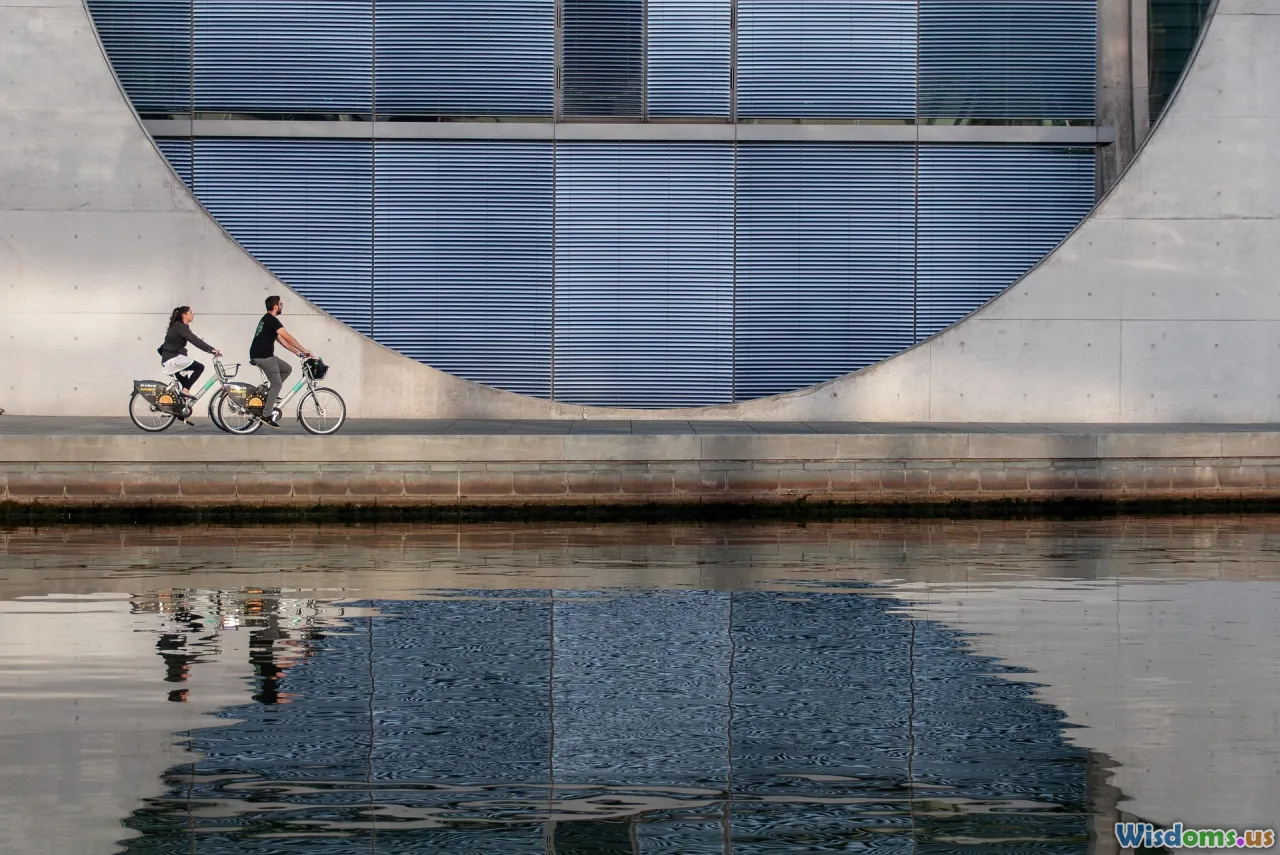
As the evidence in favor of protected bike lanes grows, more cities are setting ambitious targets. Let’s examine standout cases and how results defied expectations.
New York City: From Paint to Protections
In 2007, New York City launched its initial protected bike lanes on 9th Avenue. Within the first full year, crashes involving injuries fell by 58%. By 2023, NYC had rolled out more than 400 miles of protected lanes, prioritizing congested streets. In locations like Queens Boulevard, once dubbed the "Boulevard of Death," fatalities fell dramatically after the introduction of elevated, buffer-separated bike tracks.
Paris: Biking Boom
Following citywide initiatives post-2015, Paris undertook an ambitious protected-bike-lane expansion, particularly after the COVID-19 pandemic. As of 2024, Paris boasts nearly 1,000 km of cycleways, much of it protected—contributing to a fivefold increase in daily cyclists and a concurrent drop in serious bike accidents, from 921 (2017) to 475 (2023).
Bogotá: Inspiring through Innovation
Over 550 km of protected bike lanes now crisscross Bogotá, Colombia, an impressive feat for a city once fraught with dangerous roadways. Since the late 1990s, their “Ciclorutas” system has been credited with declining traffic deaths (down 60%) and normalized cycling as a safe, everyday commute.
London: Safer Cycling Superhighways
Transport for London's phased rollout of "Cycle Superhighways" and protected lanes along main arterials succeeded in reducing all traffic injury rates while quintupling bike use on certain tracks. Routes like the East-West Superhighway (now Cycleway 3) have seen collision rates for riders drop by over 70%.
Beyond Safety: Wider Impacts and Secondary Benefits
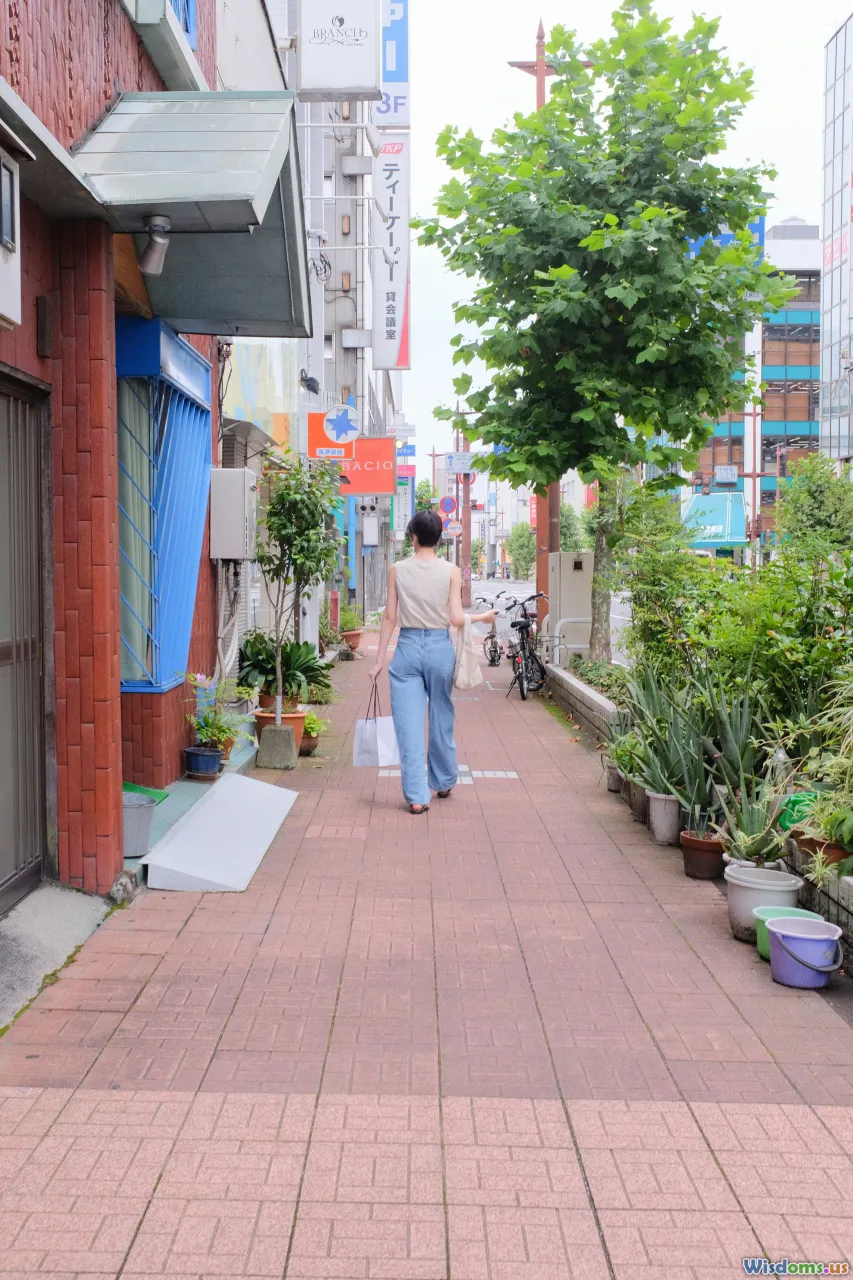
While the accident statistics are headline-worthy, the ripple effects of protected bike lanes extend much further.
Healthier Cities and Cleaner Air
Cycling promotes physical fitness and mental well-being, but trepidation about traffic is a persistent barrier. In Barcelona, after expanding protected lanes, survey data found that cycling participation rose 30% among women and older adults, groups traditionally deterred by unprotected routes. More people were cycling, not just braving traffic but enjoying it.
With modal shifts come environmental gains: after the city of Seville completed 80 km of segregated bike infrastructure, car trips fell as cycling's share of urban mobility skyrocketed from 0.5% to 7% in five years. This cut both air pollution and urban noise, enhancing quality of life for everyone—beyond those on two wheels.
Easing Congestion, Even for Cars
Contrary to the misconception that bike lanes worsen car traffic, studies reveal the opposite. In New York, car travel times were slightly improved or unchanged—not lengthened—in most corridors where protected bike lanes were installed, primarily as smoother bike flows reduced random slow-downs and traffic conflicts. When commuters switch to bicycles for short journeys, this also frees up space for those who must drive.
Boost for Local Economies
Roadways are economic arteries, but when they cater solely to cars, street-front businesses lose potential customers who’d otherwise pause to stroll, shop, or dine. Cities including Montreal and San Francisco observed substantial retail sales increases—by up to 24%—after protected bike infrastructure encouraged more people to linger and visit commercial districts, rather than just pass through.
Overcoming Resistance: Common Concerns and Solutions
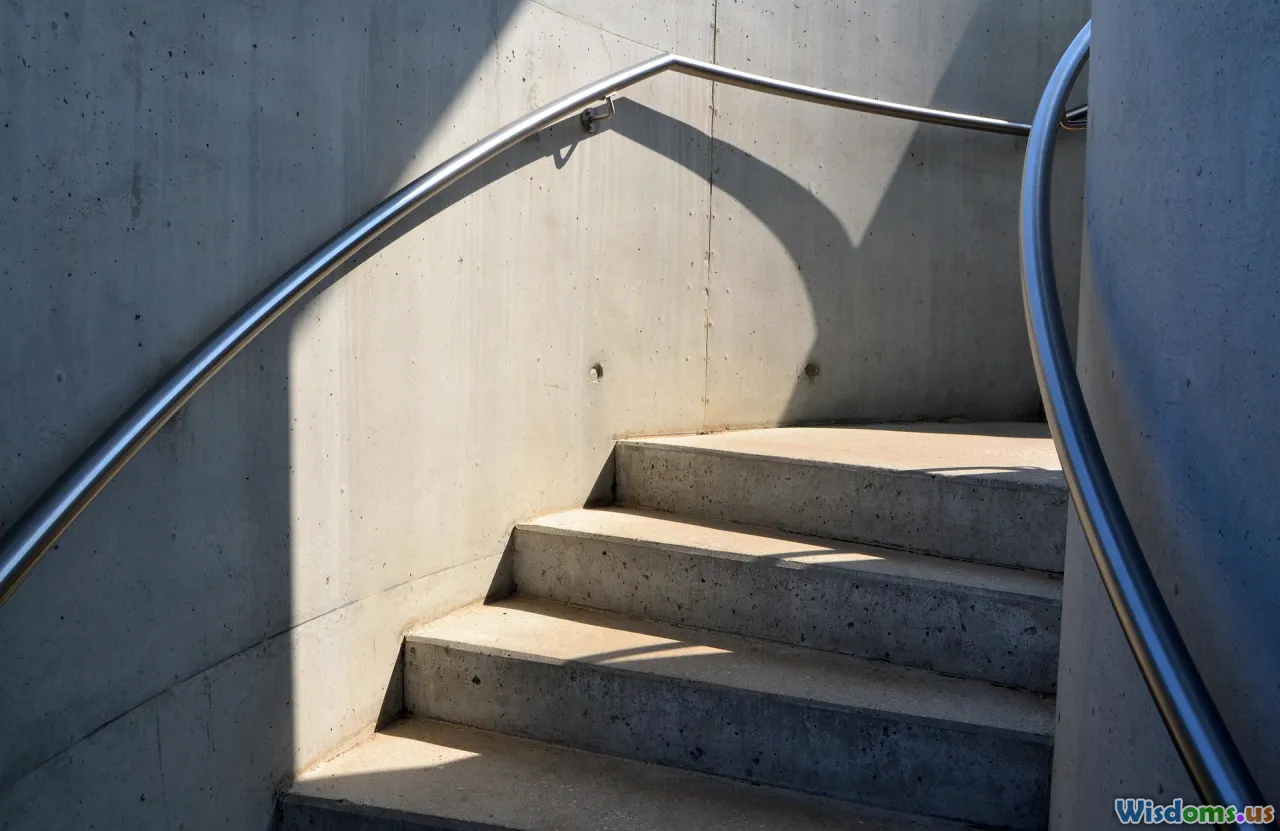
No change comes without obstacles. Protected bike lanes often face skepticism from motorists, merchants, or residents unaccustomed to reallocating street space.
"It’ll Make Traffic Worse!"
Traffic impact studies, such as those by the National Association of City Transportation Officials (NACTO), show that removing one lane for cars to install a protected bike lane rarely causes increased congestion—especially on corridors with multi-modal potential. When local leaders supplement protected lanes with better pedestrian crossings, parking management, and public transit, all traffic, including vehicle flow, can improve.
"It Hurts Business."
Initial pushback may come from local businesses, worried about losing car parking, but evidence flips this script. San Francisco’s Valencia Street and New York’s 8th/9th Avenues saw business revenues climb post-installation as more customers arrived by foot or bike. Thoughtful designing—like ensuring convenient delivery zones and curb management—mitigates negative impacts.
Construction Disruptions
Implementation inevitably means temporary inconvenience. Cities that excel adapt by compressing timelines, using pilot projects (NYC piloted dozens of protected lanes for a season before committing to permanent structures), and aggressively communicating construction benefits and timelines.
Making Protected Bike Lanes Work: Key Design Principles

Designing bike lanes for maximum safety means more than dropping a barrier. The nuances are critical.
Essential Features for Safety
- Continuous Barriers: Avoiding gaps prevents dangerous vehicle incursions.
- Clear Sightlines at Intersections: Elevated crossings, colorized pavement, and curb extensions at turns keep cyclists visible—and safe—from turning vehicles.
- Buffer Width: Optimum separation (typically 0.5–1.5 meters) keeps cyclists both physically and psychologically secure.
- Accessibility Considerations: Ensure curb cuts, tactile paving, and barrier placements do not impede accessibility for individuals with disabilities.
Maintenance: Don’t Neglect Upkeep
Protected lanes must remain clear of debris, snow, and obstructions—often requiring specialized miniature sweepers or plows. The Netherlands budgets for regular maintenance, treating cycling routes as essential transit corridors.
Universal Design for All Ages and Abilities
Inclusive infrastructure welcomes children, seniors, cargo bikes, and adaptive cycles. Barcelona’s wide, well-signaled tracks provide direct evidence: cycling participation among seniors tripled after upgrading designs to accommodate non-standard bikes and slow-moving users.
Action Steps for Cities: Getting Started with Protected Bike Lanes

Transitioning to protected bike infrastructure may appear daunting, but stepwise strategies smooth the path.
1. Start with High-Impact Corridors
Cities seeking transformative results launch protected lanes along the busiest, highest-risk streets—often those already popular with cycling commuters, where potential for incident reduction is greatest.
2. Pilot and Iterate
Temporary installations using flex posts, painted curbs, or modular barriers allow rapid deployment and data collection. Successful pilots in cities like Austin and Boston built immediate public support before investing in permanent, higher-cost upgrades.
3. Engage Stakeholders—And Listen
Early and ongoing outreach with local businesses, neighborhood groups, and disability advocates leads to better design and social buy-in. Madrid saw community resistance drop sharply—and cycling modal share rise—after inviting residents to shape the final network layouts.
4. Pair with Awareness Campaigns
Education matters: promotional campaigns on safe driving near new cycling lanes, the rights of cyclists, and urban mobility’s benefits—all reinforce new infrastructure’s acceptance and effectiveness.
5. Commit to Metrics and Transparency
Publishing pre/post collision rates, ridership numbers, and public feedback builds both accountability and momentum for expansion. EQT, Berlin’s cycling network authority, maintains a public dataset and web dashboard charting progress.
What’s Next? Toward Safer, More Inclusive Urban Mobility
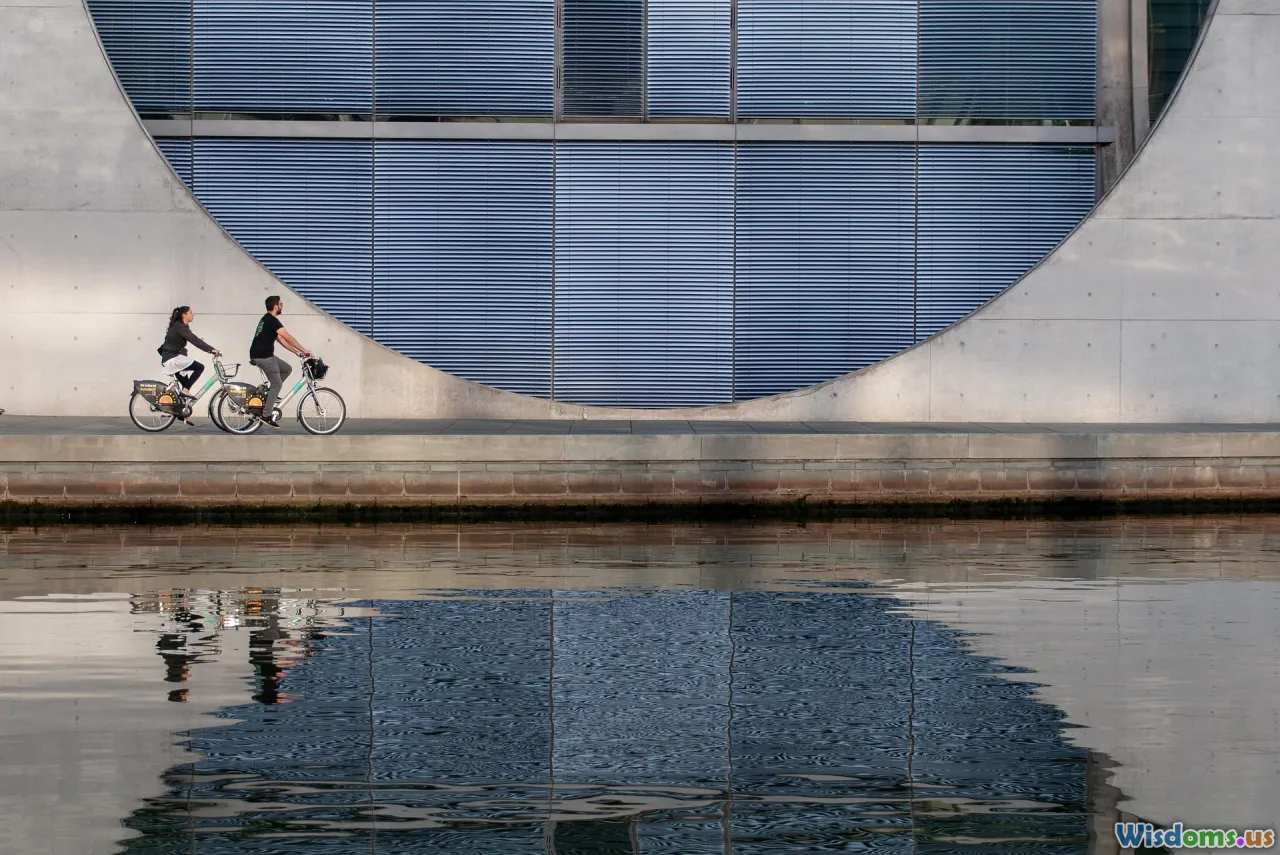
Protected bike lanes now stand as both the evidence-backed and human-centered approach to reducing cyclist injuries. Their ripple benefits—improved community health, accessible urban transit, thriving local economies, and climate resilience—are driving a transport revolution. And while no single change fixes urban traffic, cities can measure profound improvements in public safety literally from the moment barriers go up.
As forward-thinking municipalities prove, investing in protected bike lanes isn’t just a matter of accident statistics—it’s an investment in humane, vibrant urban life. The question is no longer if your city should build them, but how quickly and how many miles to add next. By putting safety physically at the center of streets, we put people—and a brighter, more active future—first.
Rate the Post
User Reviews
Popular Posts










